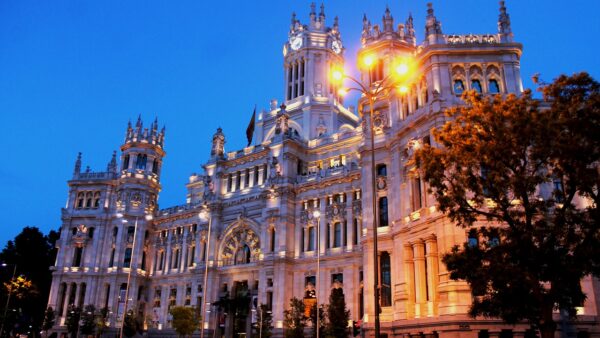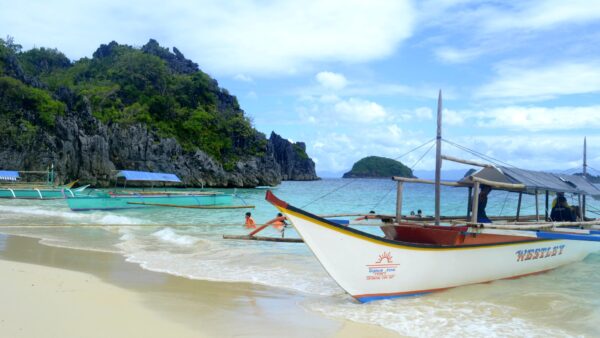There are a lot of beautiful places in the world, both natural and manmade. We have famous landmarks like the Eiffel Tower in Paris, France or Banaue Rice Terraces in Ifugao, Benguet in the Philippines. Each of these landmarks show the richness of a country’s culture and history. But how about other heritage sites? Are we familiar with a lot of them?
Here are six UNESCO World Heritage Sites from 6 different regions around the world!
AFRICA: Cliff of Bandiagara(Land of the Dogons) (Mali)

Covering 400,000 hectares, the Cliff of Bandiagara, Land of the Dogons, includes 289 villages scattered between three natural regions: sandstone plateau, escarpment, and plains. These villages and communities are essentially the Dogons, and have a very close relationship with their environment and are expressed through their sacred rituals and traditions.
What made the Land of the Dogons an impressive site is that human settlements in the region, since Paleolithic times, have reflected how the settlers were able to develop and integrate themselves into the various landscapes of this area.
Because of the natural defenses that surround this site composed of high plateaus, cliff-faces, and plains, the Dogons have been able to successfully defend themselves from formidable invaders since the 15th century.
ASIA: Angkor (Cambodia)
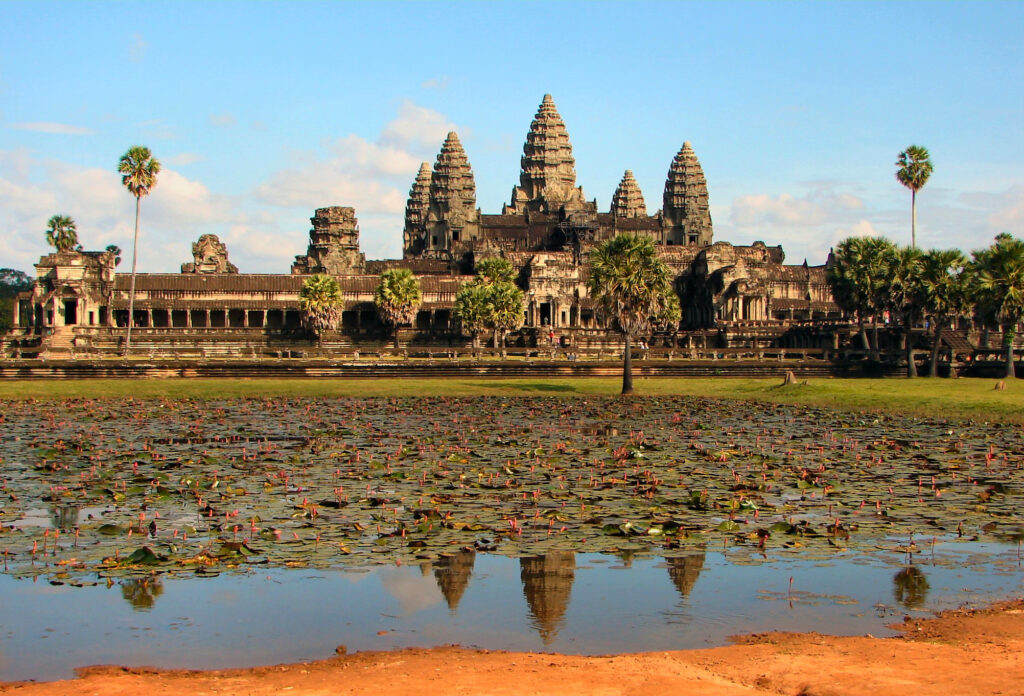
Angkor, found in Cambodia’s northern province of Siem Reap, is one of the most significant archeological sites in South-East Asia which stretches over some 40,100 hectares and contain the magnificent remains of the different capitals of the Khmer Empire from the 9th to the 15th century, Temple of Angkor Wat, and the Bayon Temple with its countless sculptural decorations.
Being the center of the Khmer Kingdom, Angkor also includes hydraulic structures (basins, dykes, reservoirs, and canals), and communication routes. This goes to show that this heritage site played an important role not only in the cultural and religious, but also in the daily aspects of the people of the Khmer Empire.
EUROPE: Temple of Apollo Epicurius at Bassae (Greece)
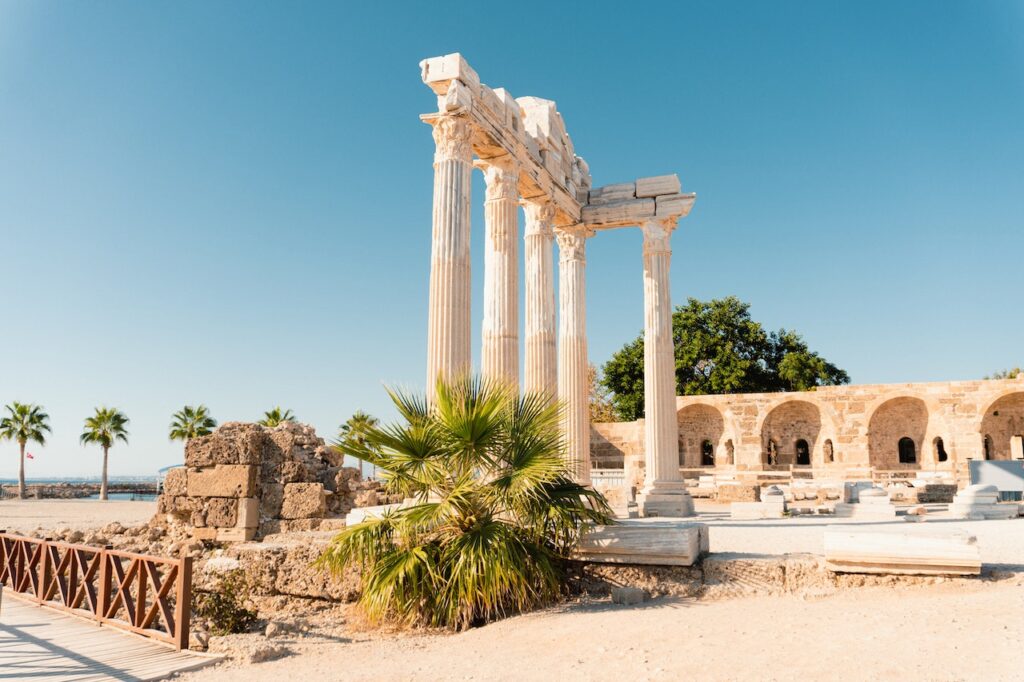
As a lot of people know, Apollo is the god of healing and the sun, and a temple was built in the second half the 5th century B.C. (420-400 B.C.) on the Arcadian mountain and was dedicated to him. It was believed that the god of sun and healing had protected the Phigaleians from plague and invasions.
This temple was preserved after it has been forgotten for almost 1700 years and was rediscovered in the 18th century and attracted interest from scholars and artists – something unsurprising considering it is one of the earliest monuments in which all three ancient Greek architectures – Doric, Ionic, and Corinthian – are found together which may have implied ancient Greece’s architectural innovations.
LATIN AMERICA: Rio de Janeiro (Brazil)
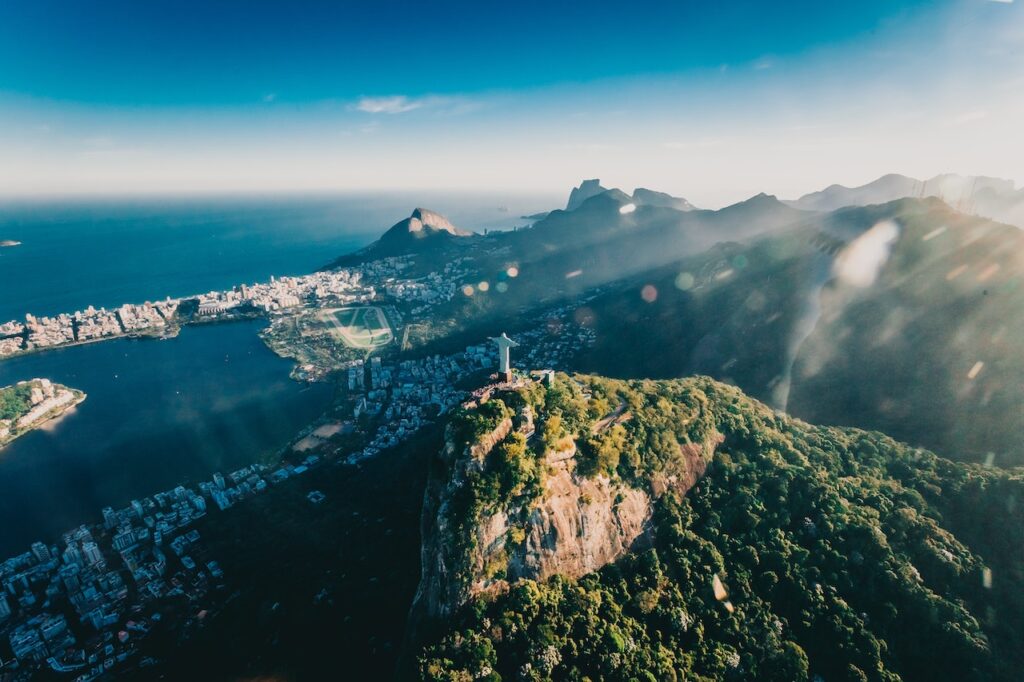
Brazil’s capital from 1763 to 1860, Rio de Janeiro consists of an exceptional urban setting that encompasses the highest points of the Tijuca National Park’s mountains down to the sea. This city also includes the Botanical Gardens, the Cristo Redentor statue on top of Corcovado Mountain, hills around Guanabara Bay, and landscapes along Copacabana Bay.
NORTH AMERICA: Dinosaur Provincial Park (Canada)
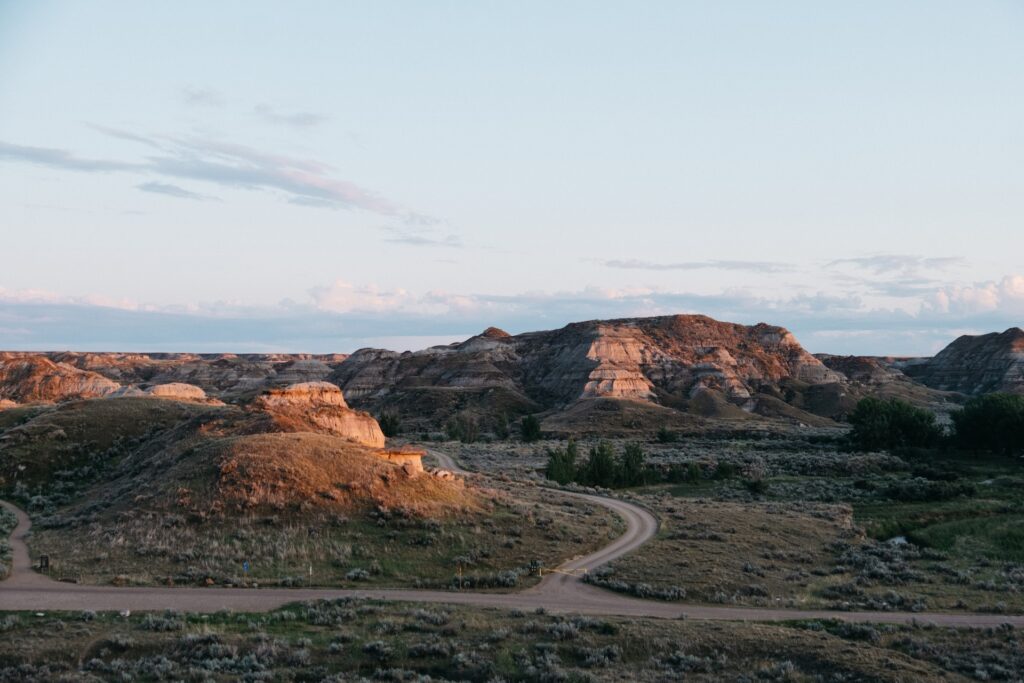
Located in Alberta’s badlands, the Dinosaur Provincial Park contains some of the most important fossil discoveries ever made – particularly about 44 species, 34 genera, and 10 families of dinosaurs, dating back 75-77 million years.
This site of about 7,825 hectares includes a large portion of the badlands and riparian habitat elements which seemed to never had human interference in order to preserve itself. Who knows? Maybe with that vast of an area, there are still more fossils to be discovered.
PACIFIC: Te Wahipounamu – South West New Zealand (New Zealand)
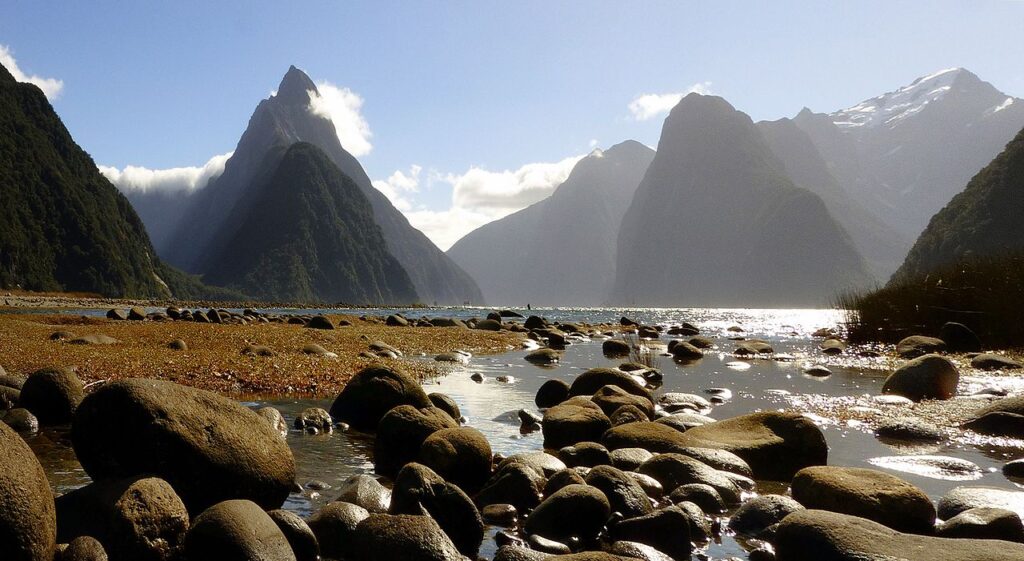
Located in the south-west corner of New Zealand’s South Island, this site covers 10% of New Zealand’s landmass and is spread over a 450 kilometer strip extending inland from the Tasman Sea.
Te Wahipounamu exhibits many classic examples of the tectonic, climatic, and glacial processes that the earth had encountered throughout ages. It also has the great Alpine fault that divides the region and marks the contact zone of the Indo-Australian and Pacific continental plates, making this visible on land.
Te Wahipounamu also has rich flora and fauna found in it, including the kea, only alpine parrot in the world, and the rare and endangered flightless bird called takahe.
Our world, after facing millenia of changes, has a lot to offer from natural locations to man made sites. So why not be adventurous and explore?


